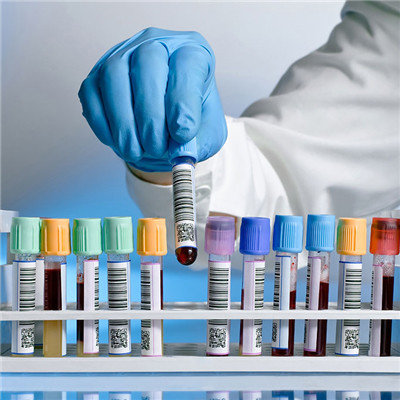Symptoms of Clostridium difficile infection?
summary
Clostridium difficile is an anaerobic toxin producing bacterium that causes severe incidence rate and mortality of severe infectious colitis in the world. It promotes symptomatic diseases by enhancing bacterial toxins and weakening host immune response. Symptoms of Clostridium difficile infection? Let's talk about it
Symptoms of Clostridium difficile infection?
The clinical manifestations of Clostridium difficile infection range from asymptomatic carriers to toxic megacolon. Typical signs and symptoms of acute Clostridium difficile infection include watery diarrhea (≥ 3 stool / 24 hr), loss of appetite, nausea and neutrophilic leukocytosis. The severity of the disease is used as a guide for antibiotic treatment.

The disease is characterized by severe hypoalbuminemia (< 3 g / dl) and leukocytosis over 15000 / mm3 or abdominal tenderness. In clinical practice, the occurrence of inflammatory bowel disease and acute kidney injury associated with Clostridium difficile infection in patients with low immune function also indicates poor prognosis, which should be regarded as the aggravation of the disease.

The occurrence of corresponding leukocytosis > 35000 cells / mm3, fever, hypotension, mental state change, increased serum lactic acid level > 2.2 mmol / L, end-stage organ failure or ICU admission is defined as severe complex disease, with an estimated mortality rate of 20% - 30%. Rare cases can lead to intestinal obstruction and abdominal distension, but less to no diarrhea, this performance tends to predict a more serious process, can also be regarded as a serious complex disease.

matters needing attention
Clostridium difficile is transmitted by fecal oral route through ingestion of acid resistant spores. Therefore, health service workers should wash their hands with soapy water to achieve proper hand hygiene, which is helpful to remove spores and isolate patients with acute diarrhea, which can limit the nosocomial transmission of the bacteria. Many methods focus on treating symptomatic patients to prevent the spread of the disease.











